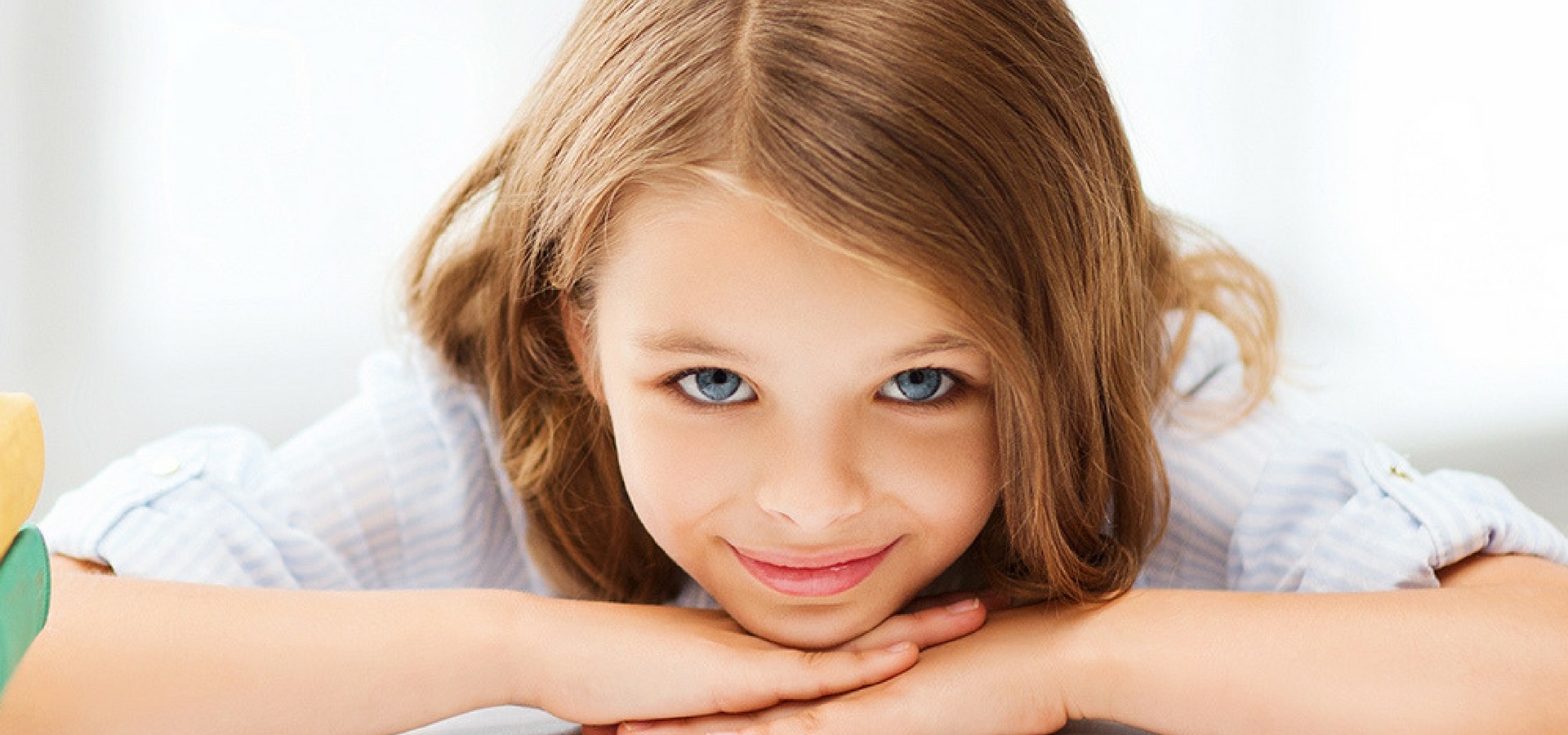According to CANSA South Africa has the second highest incidence of skin cancer in the world after Australia, as far as Caucasians are concerned. By the time a child reaches adolescence, nine out of every ten of them will have UV related skin damage.
Children should be taught from as early as possible the dangers of the sun and how to protect themselves from it. It should be part of their daily routine as is brushing their teeth or bathing.
So we all understand how vital it is that we lather our kids with sunscreen. This is a costly but necessary exercise so how do we ensure we are using the right one?
What do we need to look out for when purchasing a sunscreen?
Choose a sunscreen that offers both broad spectrum UVA and UVB protection.
UVA rays are not blocked by the ozone layer and penetrate the inner layer of skin and contributes towards long term damage on skin such as premature ageing and wrinkles.
UVB rays are blocked by the ozone layer but are more damaging than UVA rays. They affect the outer layer of skin and are more aggressive than UVA rays and cause sunburn faster. They are also the major cause of skin cancer.
Ensure that you purchase a sunscreen that include any of the following ingredients: avobenzone, titanioum dioxide or zinc oxide.
Choose a sunscreen that is SPF 30 or higher.
The sun protection number (SPF) suggests how long it will take a protected sunbather’s skin to burn compared to someone not using sunscreen. The higher the SPF number, the more protection you should get. (E.g. SPF 30 means you can spend 30 times as long in the sun than if you were unprotected).
It is also recommended to choose a sunscreen that is water resistant.
How to apply sunscreen.
Seems silly to explain how to apply sunscreen but did you know that most people only apply 25 to 50 percent of the recommended amount of sunscreen.
Ensure you put sunscreen on your child at least 30 minutes before they go out into the sun.
Whether you prefer a cream, lotion or gel it does not matter. All work just as well. Mixing different sunscreens is not a problem.
Reapply sunscreen every two hours. Especially if you child is swimming or sweating.
Parenting Hub recommends you use sunscreens with CANSA’s Seal of Recognition. These sunscreens pass the stringent protection requirements and qualify for the CANSA Seal of Recognition.
New Harmonized COLIPA (EU) UVA Protection Claim
Recent skin cancer research has highlighted the need for more effective UVA protection provided by sunscreen in terms of the mean critical UVA wavelength; UVA Protection Factor (UVAPF) and photo stability of sunscreen chemicals – as determined by the new Harmonized Colipa (EU) UVA Protection Claim – currently the most stringent standard for sunscreen protection internationally. Whilst EU sunscreen manufacturers are compelled to be Colipa compliant, several proactive South African companies have also reformulated their sunscreen – and many other local companies are in process of doing so.
All CANSA Seal-bearing sunscreens will be COLIPA-compliant by 1st April 2013 and will display the new CANSA SunSmart logo to show this.
Click here for a list of Colipa Compliant sunscreens from CANSA or visit www.cansa.org.za for more info.
We understand that there are many aspects that encompass a Mother, Father or Child and strive toward providing resources and services that accommodates this.
Our content is aimed to inform and educate families on issues starting from pregnancy through to the challenges of the teen-age years.
- Putting the Power of Learning in Learners’ Hands During Global Education Week - November 12, 2025
- Unlocking Imagination and Development Through Play: Why Parents Love PLAYMOBIL - November 11, 2025
- Bring Christmas Magic Home: How Elf on the Shelf Turns Every Morning Into a Little Adventure - November 3, 2025





